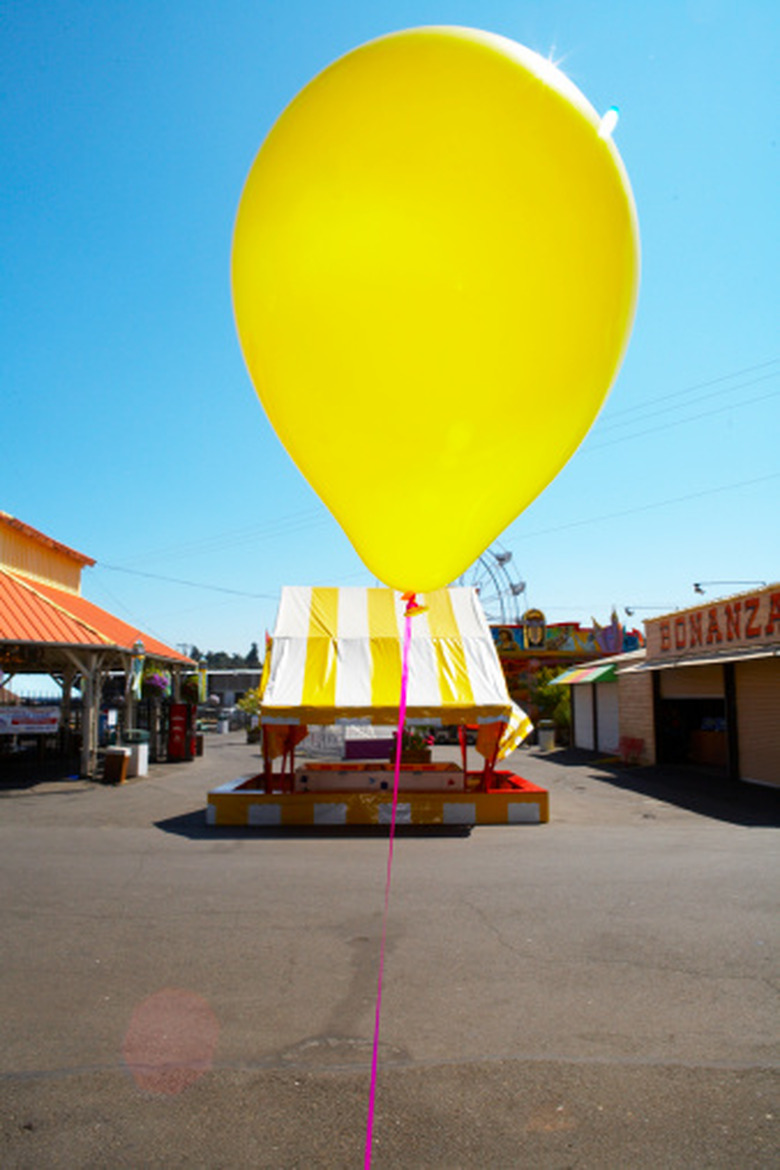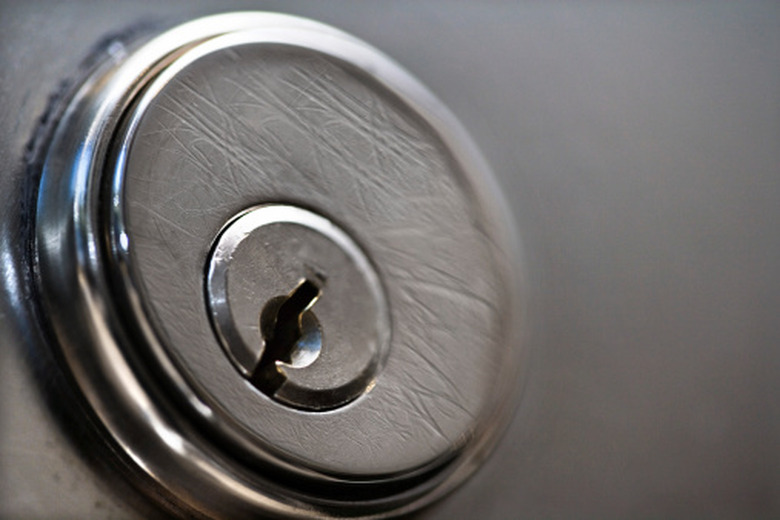Heat Conduction Experiments For Kids
Everything has the ability to be a conductor of heat, though some act as better conductors than others. Through experiments, kids can learn which materials conduct heat well, which don't, and how heat is transferred from one material to another. Since heat is involved, it's possible for kids to get burned, so adult guidance is necessary to conduct these experiments safely.
The Water, Balloon and Candle Experiment
The Water, Balloon and Candle Experiment
This experiment is for those who don't wish to spend a ton of money in order to have fun with science. You'll need two balloons, a candle and some water. Inflate the first balloon and hold it over the lighted candle. The heat from the flame thins out the balloon's material when transferred and should cause the balloon to pop. Fill the second balloon halfway with water and inflate the rest. When the balloon is held over the flame, it will not pop because the water in the balloon absorbs the heat.
Feel the Heat (A Touching Experiment)
Feel the Heat (A Touching Experiment)
This experiment requires just walking around the house with an infrared thermometer, a pen and a notepad. Use the thermometer to record temperature readings of various objects before and after touching them. Record those readings along with observations on how warm or cool that object felt to the touch. Items that are stronger heat conductors will absorb the heat from your fingers, making it feel cool to the touch. Good insulators, such as cloth or brick, will feel warmer.
Baked Alaska
Baked Alaska
This delicious treat is a fun way to show how heat conduction and insulation works. The bottom of a pie or cake pan is layered with cake, ice cream is piled on top, and then the whole thing is covered with light and fluffy meringue. The whole thing is baked in the oven for a few minutes, but the ice cream stays solid. Since the cake is closest to the heat source, it insulates the ice cream by absorbing most of the heat. For a full recipe, see References.
Spoons- Heat Conductors
Spoons- Heat Conductors
For this experiment, you'll need a wooden spoon, a metal spoon, a ceramic spoon and a plastic spoon. Boil some water in a kettle and pour it into a coffee mug. Put all four spoons into the water at once, arrange them so they aren't touching, and then feel the difference in temperature in each spoon. The spoons will be soaking up the heat from the water and the more conductive the material, the hotter it will feel.
Cite This Article
MLA
Welsh, Sara. "Heat Conduction Experiments For Kids" sciencing.com, https://www.sciencing.com/heat-conduction-experiments-kids-8400131/. 24 April 2017.
APA
Welsh, Sara. (2017, April 24). Heat Conduction Experiments For Kids. sciencing.com. Retrieved from https://www.sciencing.com/heat-conduction-experiments-kids-8400131/
Chicago
Welsh, Sara. Heat Conduction Experiments For Kids last modified March 24, 2022. https://www.sciencing.com/heat-conduction-experiments-kids-8400131/




